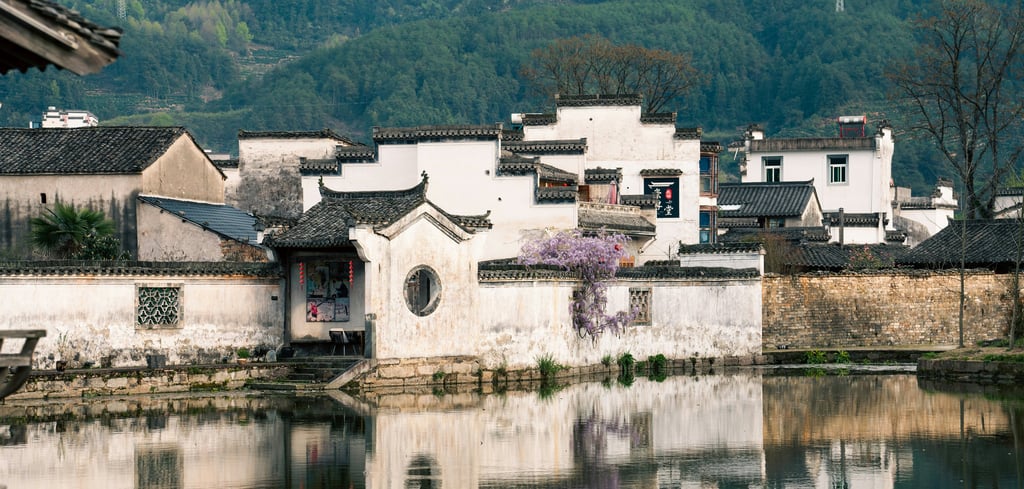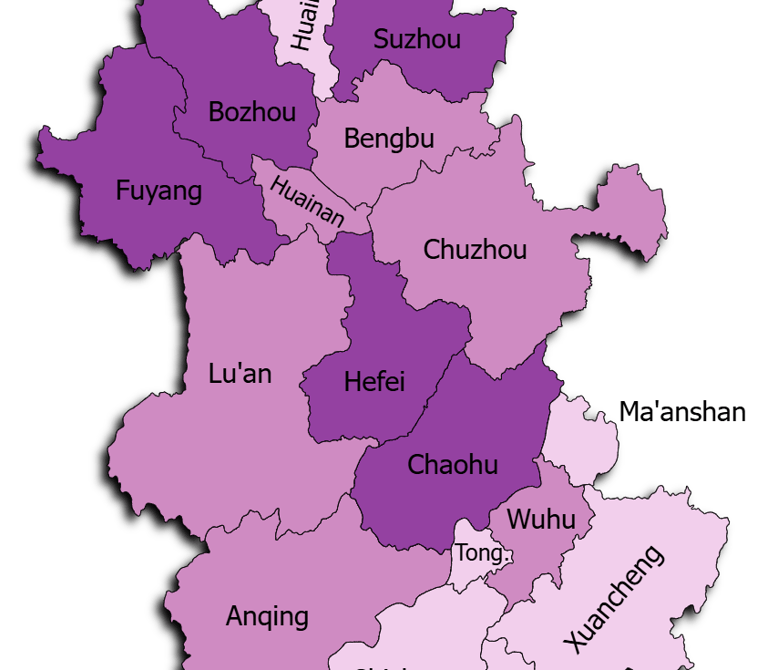Cities in Hubei


Introduction
Hubei is located in central China, bordered by Henan, Anhui, Jiangxi, Hunan, Chongqing, and Shaanxi. The province features mountains, rivers, lakes, and the middle reaches of the Yangtze River, giving it fertile plains and rich water resources. Hubei is known for its historical importance, vibrant culture, modern industry, and famous lakes, making it a hub for education, transport, and tourism.


Wuhan lies in the central part of Hubei, at the confluence of the Yangtze and Han rivers. The city has a population of about 12 million and is the provincial capital. Wuhan is a bustling metropolis, combining modern industry with historical significance.
The city is known for its economic strength, educational institutions, and cultural heritage. Wuhan hosts Wuhan University and Huazhong University of Science and Technology, both major centers of research and innovation. Historically, Wuhan played a key role in the 1911 Revolution. Its industries cover automotive, steel, electronics, and logistics, benefiting from its river transport and railway connections. The city balances urban development with scenic riverbanks and historical districts.
📍 Main places to visit include Yellow Crane Tower, East Lake, Hubei Provincial Museum, Guiyuan Temple, Wuhan Yangtze River Bridge.
Wuhan (武汉)
Yichang (宜昌)
Yichang is located in western Hubei along the Yangtze River, near the Three Gorges. The city has a population of about 4 million and is approximately 300 km from Wuhan. Yichang is an important river port and energy center.
Yichang is most famous for the Three Gorges Dam, a major engineering and hydroelectric project. The city also has rich historical and cultural heritage, including ancient temples and scenic river valleys. Yichang’s economy relies on hydropower, shipping, and tourism, supported by universities such as China Three Gorges University, which focuses on engineering and environmental studies. Its location along the Yangtze makes it a hub for river transport and regional commerce.
📍 Main places to visit include Three Gorges Dam, Gezhouba Dam, Shennong Stream, Yichang Museum, Xiling Gorge.




Xiangyang is in northern Hubei, on the Jialing River plain. The city has a population of about 5 million and is roughly 300 km northwest of Wuhan. Xiangyang has long been a strategic and cultural center.
Xiangyang is known for its historical importance as a military and trade center, with ancient city walls and historic towers. The city also hosts educational institutions and supports industries in machinery, chemicals, and textiles. Xiangyang’s combination of cultural heritage and economic development makes it a key northern hub in Hubei.
📍 Main places to visit include Xiangyang Ancient City Wall, Gucheng Tower, Fancheng Old Street, Longzhong Scenic Area, Zhaoling Tomb.
Xiangyang (襄阳)
Jingzhou (荆州)
Jingzhou is located in southern Hubei along the Yangtze River. The city has a population of about 5 million and lies roughly 320 km from Wuhan. It serves as a historical and river trade center.
Jingzhou is known for its well-preserved ancient city walls and historic sites. The city was a key military location during ancient dynasties and features museums and cultural preservation centers. Its economy combines tourism, logistics, and local agriculture, benefiting from river transport.
📍 Main places to visit include Jingzhou Ancient City Wall, Jingzhou Museum, Shishou Tower, Yingzhong Park.
Huangshi (黄石)
Huangshi is in southeastern Hubei, near the Yangtze River. The city has a population of about 2 million and is approximately 120 km from Wuhan. It functions as an industrial and commercial center.
Huangshi is known for steel production, mining, and chemical industries, which dominate its economy. The city also benefits from natural resources and river transport, supporting both industry and regional commerce. Huangshi has cultural landmarks and parks that attract tourism and local recreation.
📍 Main places to visit include Mount Qiyun, Xialu Park, Huangshi Museum, Huangshigang Park.




Xiaogan (孝感)
Xiaogan is located in eastern Hubei, north of Wuhan. The city has a population of about 5 million and acts as a regional commercial and cultural center.
Xiaogan is known for its historical sites, local education institutions, and regional trade. The city combines agriculture, light industry, and cultural tourism, with universities supporting education and research.
📍 Main places to visit include Ancestral Temple of the Zhou Dynasty, Xiaogan Museum, Huanglong Lake Scenic Area, Laojun Mountain.
Shiyan (十堰)
Shiyan is in northwestern Hubei, near the Wudang Mountains. The city has a population of about 3 million and is around 400 km from Wuhan. It is recognized for industry and Taoist cultural heritage.
Shiyan is famous for the automotive industry, especially Dongfeng Motors, and for Taoist cultural sites in Wudang Mountains, a UNESCO World Heritage. Education and tourism are also growing sectors in the city.
📍 Main places to visit include Wudang Mountains, Purple Cloud Temple, Shiyan Museum, Dawu Reservoir.




Navigation
Main Menu
nathan.china-sphere.com
© 2025. All rights reserved.